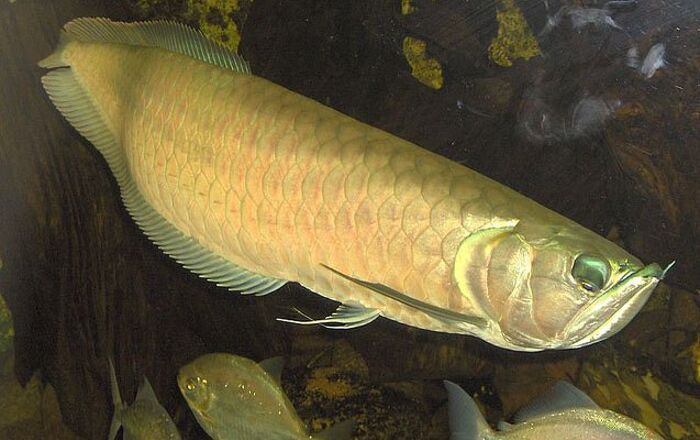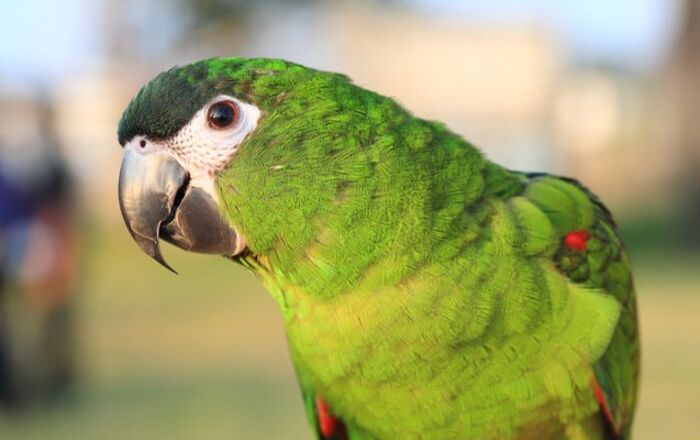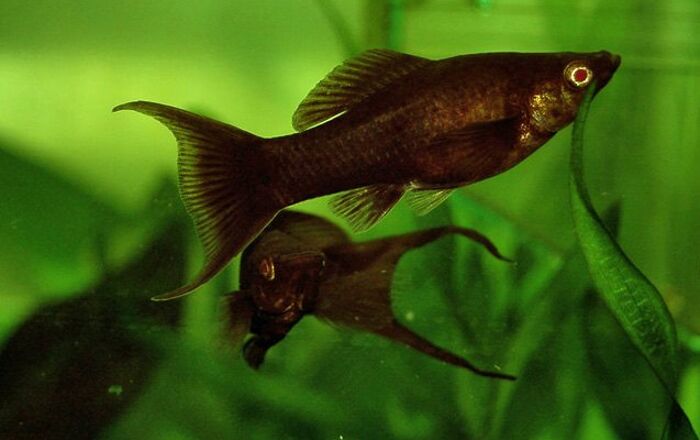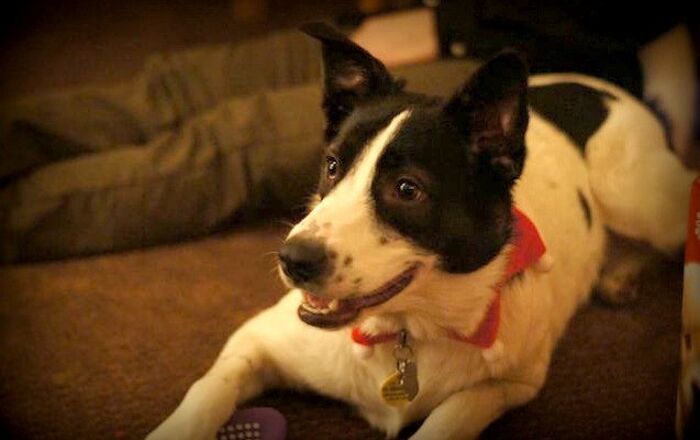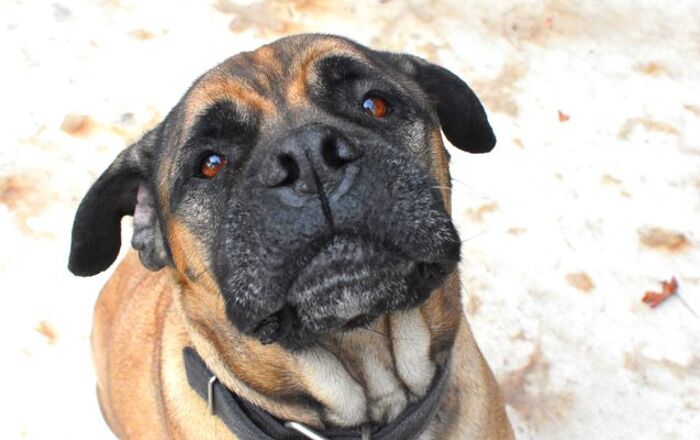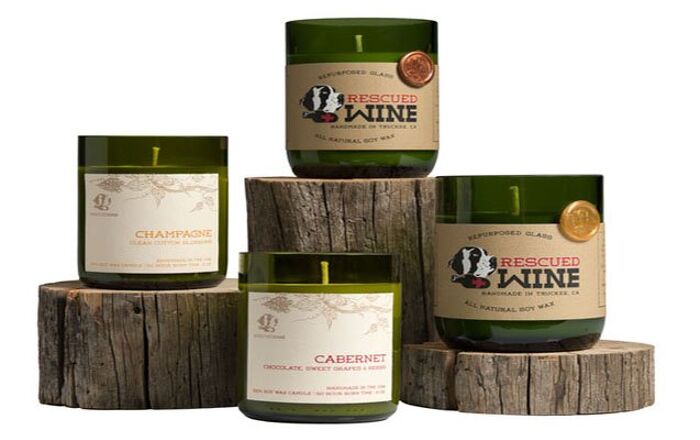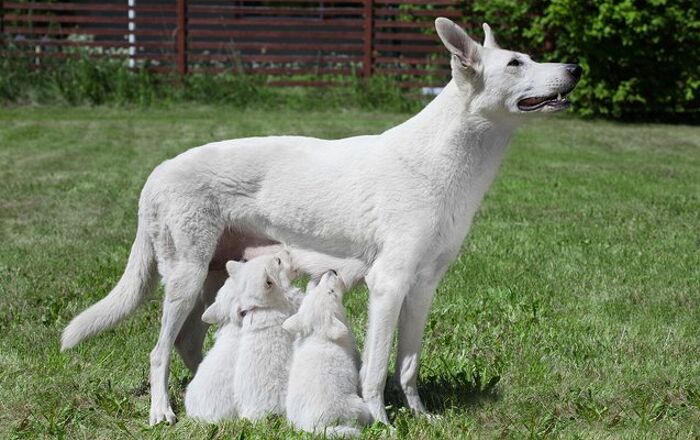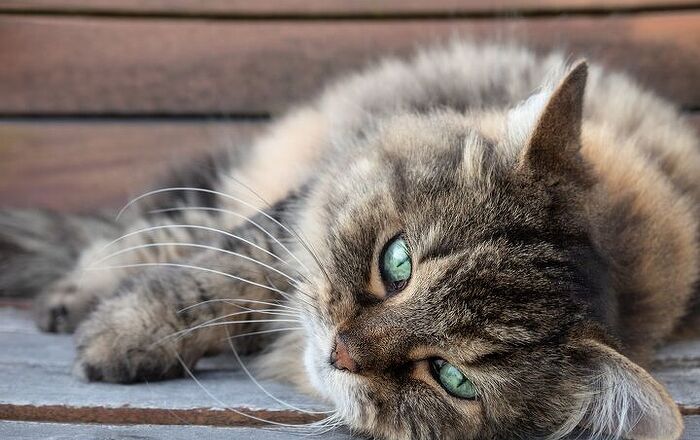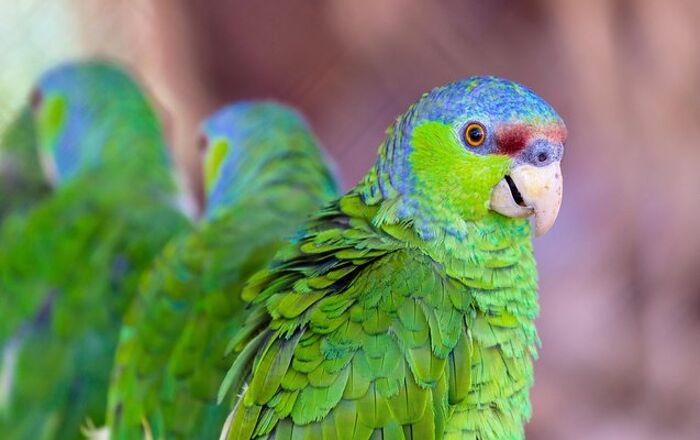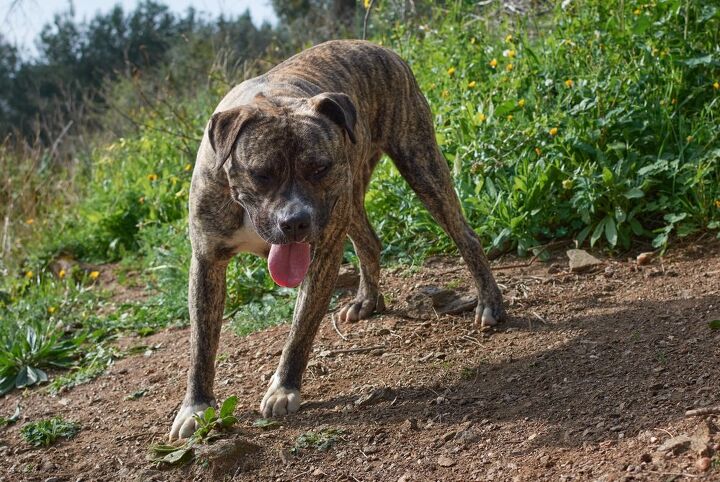
Cimarron Uruguayo Basics
With a name like Cimarron Uruguayo, you shouldn’t be surprised to learn that these dogs hail from Uruguay. A breed of the molosser type, these dogs are large and muscular with a short brindle coat. Though they look intimidating, they can be kept as companion pets if properly socialized and trained from a young age. More typically, however, these dogs are kept for guarding and hunting.
With a name like Cimarron Uruguayo, you shouldn’t be surprised to learn that these dogs hail from Uruguay.
Origin
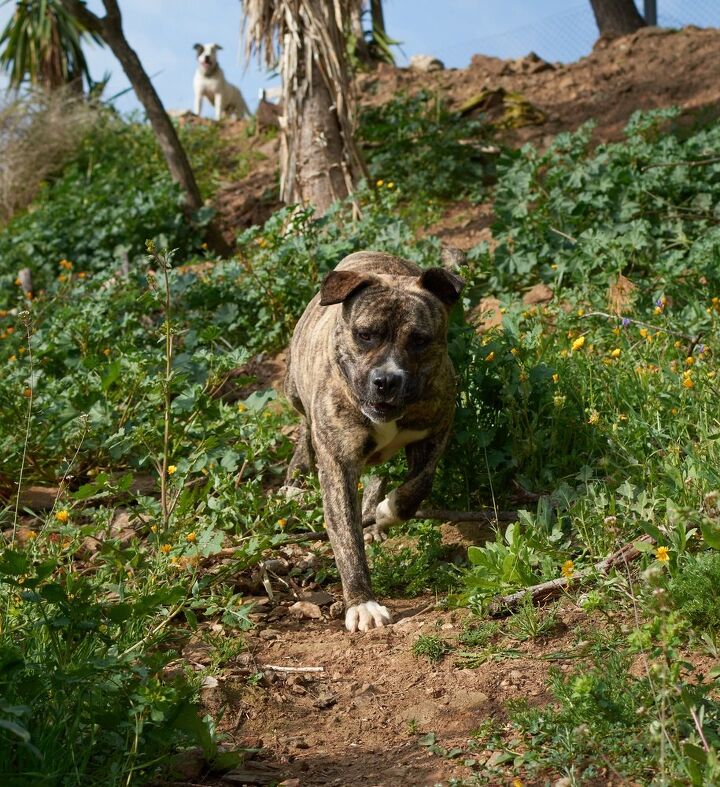
The Cimarron Uruguayo is a breed of the molosser type that originated in Uruguay. The word “cimarron” means “feral” in Latin America, which is a clue about the dog’s history. Though primarily descendant from the Alano Espanol, the early specimens of the Cimarron Uruguayo breed were largely wild, living in the highlands of Cerra Largo. During the 18th century, however, attacks on humans and livestock led to a purging of the breed with government-paid bounties for each dog.
Over the years, ranchers in the highlands would capture and tame specimens of the Cimarron Uruguayo breed, using them as guard dogs. Over time, examples of the breed’s ferocity and survival led to it becoming something of a national symbol in Uruguay as well as being the mascot of the National Army of Uruguay. The breed is currently recognized by the FCI and the UKC, but not yet by the AKC.
Pedigree
The Cimarron Uruguayo is primarily descendant from the Alano Espanol and other early European dogs.
Food/Diet
As a large-breed dog, the Cimarron Uruguayo requires a high-quality diet formulated for large or giant breeds. Protein is extremely important for this breed to support his lean muscle mass but fat content should be controlled to prevent obesity.
The Cimarron Uruguayo is an intelligent and courageous breed, but they can be very difficult to train.
Training
The Cimarron Uruguayo is an intelligent and courageous breed, but they can be very difficult to train. Their aggressive nature is hard to tame, and they will always be a risk around other dogs and pets. This breed has strong protective instincts which sometimes crosses the line into aggression, so they are not recommended for inexperienced dog owners. They are only recommended for experienced trainers who have a solid understanding of the breed.
Weight
The Cimarron Uruguayo is a large-breed dog with males being slightly larger than females. Males stand 23 to 24 inches tall and weigh 85 to 100 pounds while females stand 21.5 to 22.5 inches tall and weigh between 75 and 90 pounds.
Temperament/Behavior
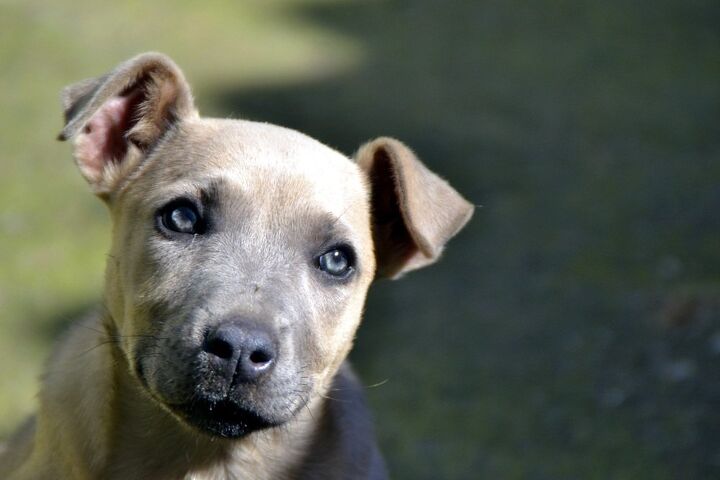
Though there are some examples of Cimarron Uruguayo dogs being kept as pets, they are more typically used for guarding or as a working dog. These dogs have a very high prey drive and they have a low tolerance for other dogs, so they are best kept in a single-pet household or separated from other dogs. This breed is known for its great courage and hardworking attitude, but he can be somewhat stubborn and independent at times with a tendency towards aggression. Even when properly socialized, this breed should not be trusted around other animals.
Common Health Problems
No known studies of the Cimarron Uruguayo’s genetic health have been conducted, but some health problems to which the breed may be prone include hypothyroidism, gastric torsion, obesity, and hip or elbow dysplasia.
Life Expectancy
The average lifespan for the Cimarron Uruguayo is 10 to 13 years.
Exercise Requirements
The Cimarron Uruguayo is not an overly active breed, but he does have significant exercise requirements. They need at least an hour of exercise per day, ideally more, and will appreciate having a fenced yard for extra exercise.
Though there are some examples of Cimarron Uruguayo dogs being kept as pets, they are more typically used for guarding or as a working dog.
Recognized Clubs
The Cimarron Uruguayo is not currently recognized by the AKC but is by the FCI and the UCK.
Coat
The Cimarron Uruguayo is similar in appearance to other molosser-type dogs, having a massive and muscular build with a short coat. The coat is smooth and dense with a softer, shorter undercoat. There are two primary colors for the breed – brindle and fawn. Dogs of the brindle type are usually fawn or brown with black striping and any shade of fawn is acceptable. Cimarron Uruguayo dogs may or may not have a black mask and some white markings are permissible.
Puppies
The average litter size for the Cimarron Uruguayo breed is 4 to 10 puppies. Early socialization and training is extremely important for puppies of this breed but, even so, they should never be trusted alone with other animals. If you leave your puppy outside in a fenced yard, he will come to defend it as his territory, so be careful. In terms of feeding, your Cimarron Uruguayo needs a high-quality puppy food formulated for large-breed puppies to control his growth so he doesn’t develop musculoskeletal issues later in life.
Photo credit: ErikGlez/Shutterstock; Luis Arge/Shutterstock


